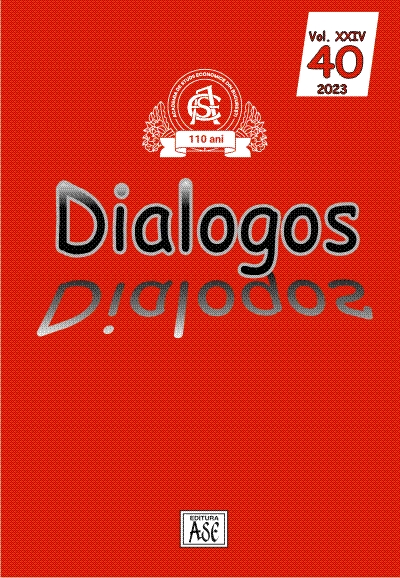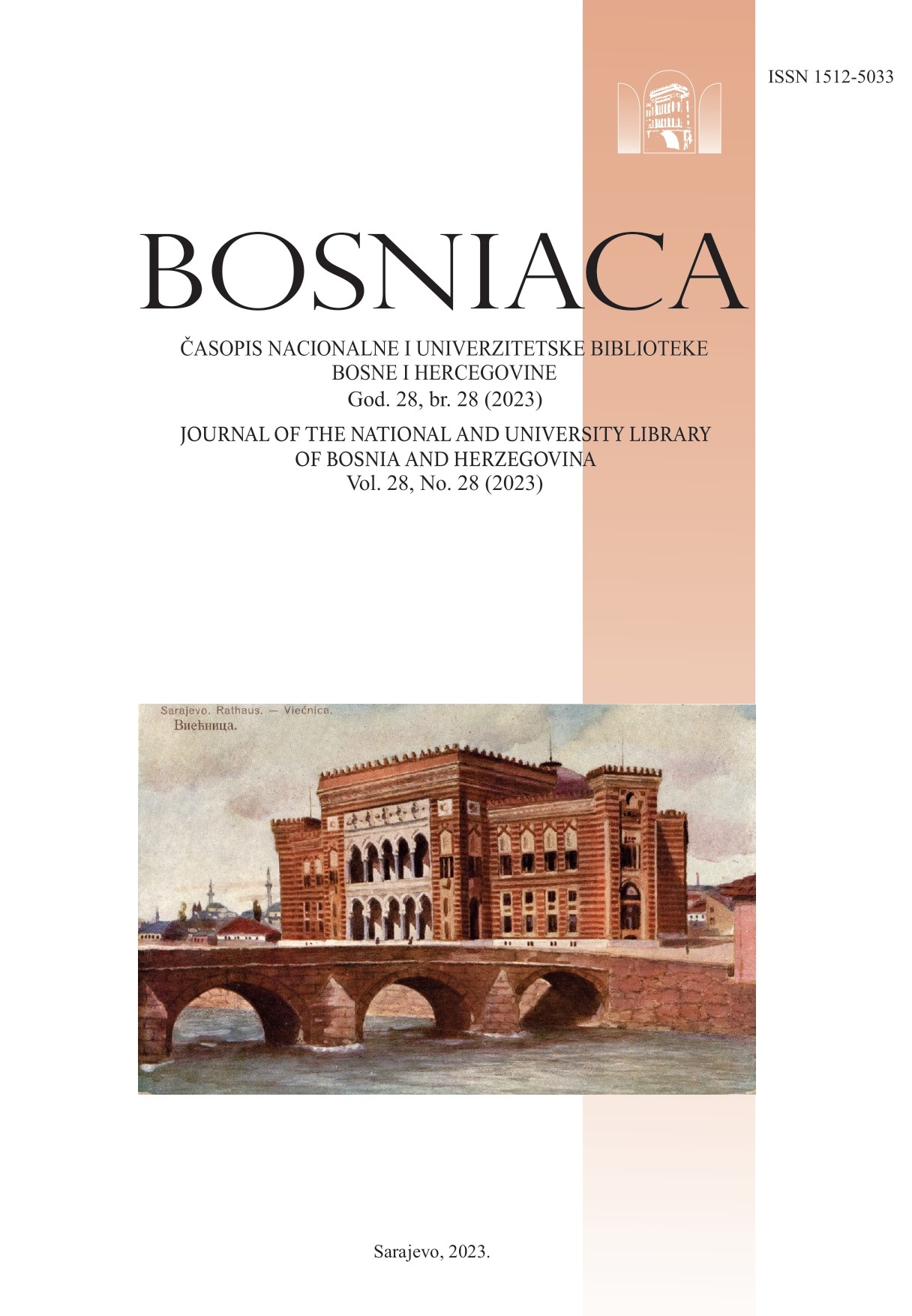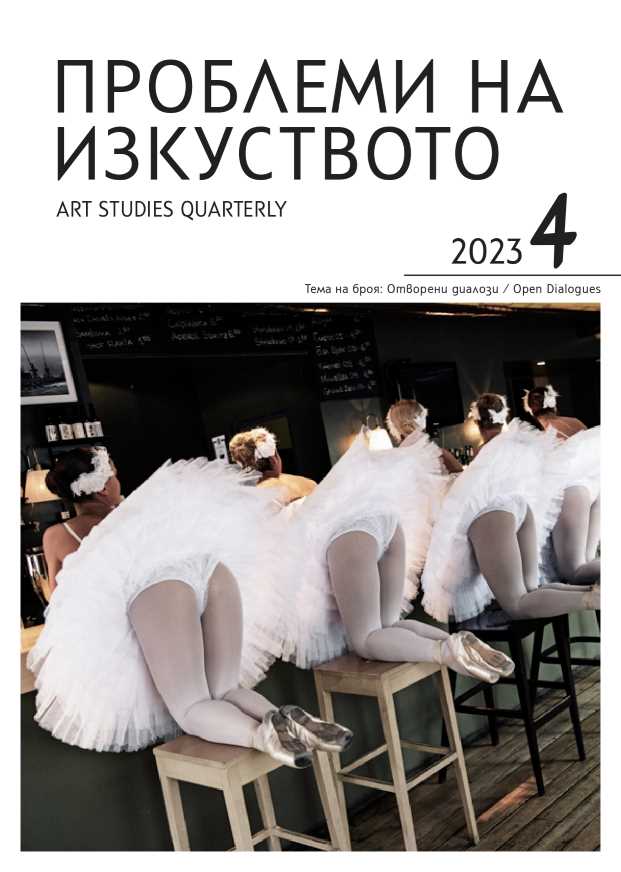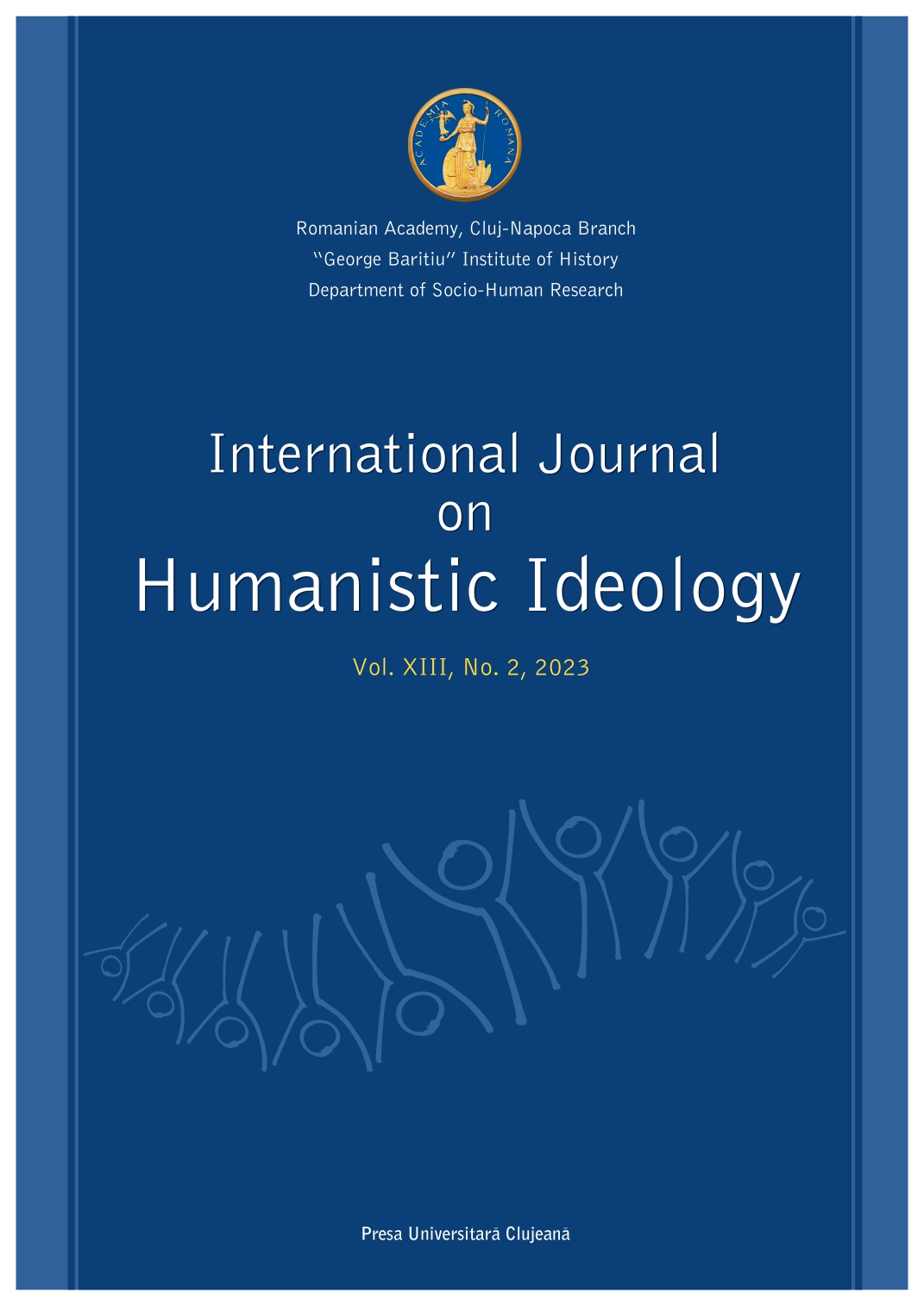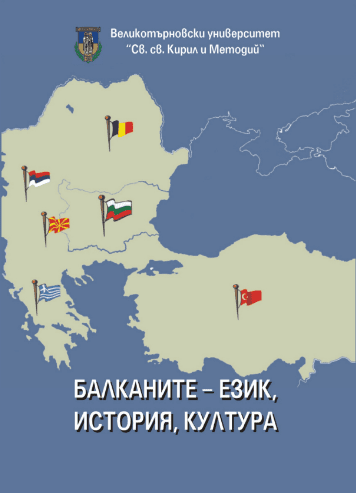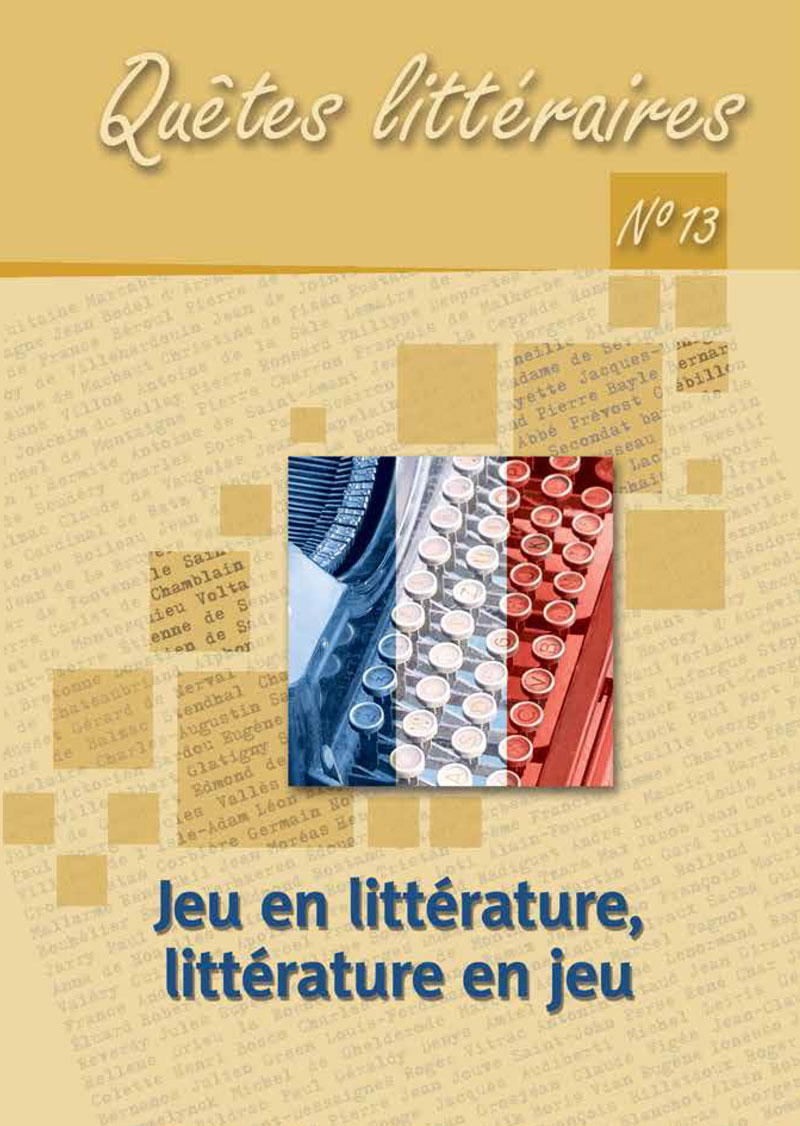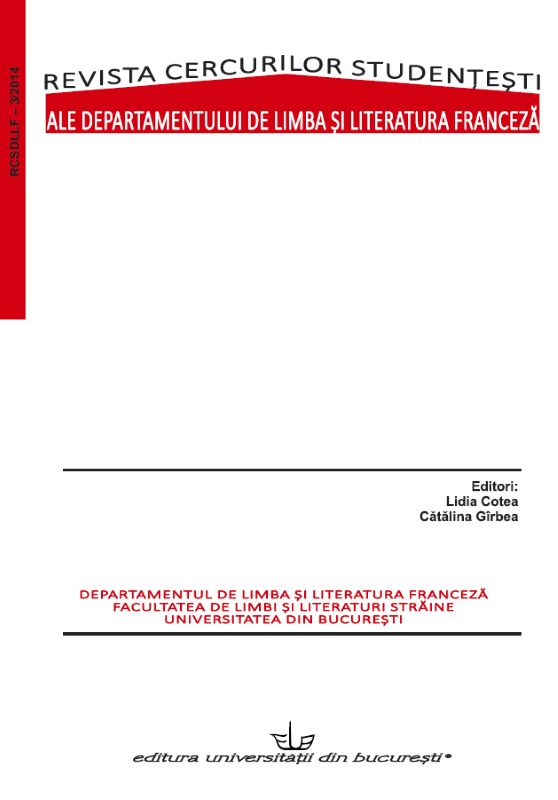
De la beauté de ma mère à celle de ma fille sur le « mur »
I wrote a novel, "Tita". An homage to my mother. I was deeply affected by her death. After the common writing experience I realized that nobody dies. Is just a change of location. A mechanism to double our love capacity…
More...
